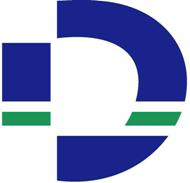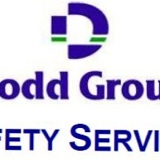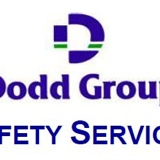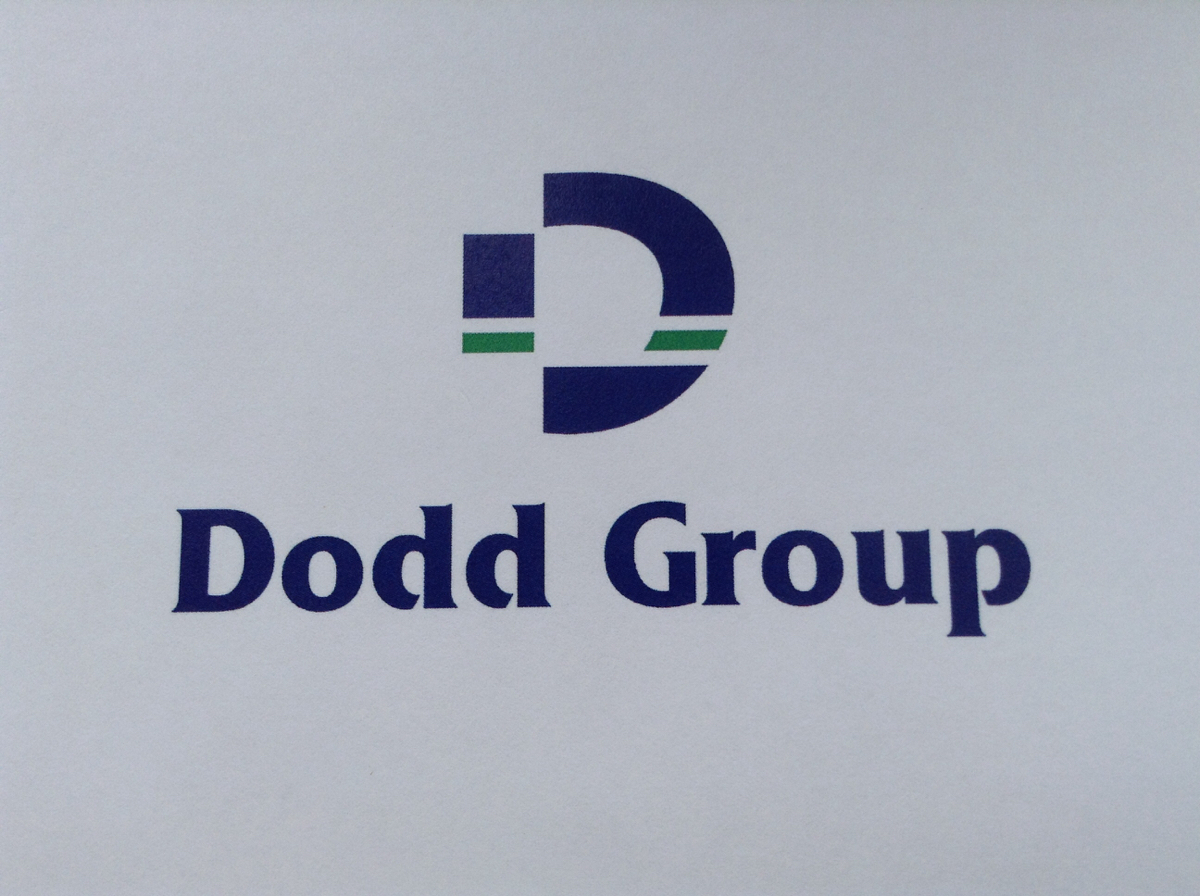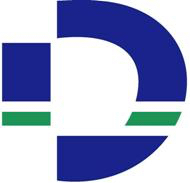Information
-
Audit Title
-
Document No.
-
Client / Site
-
Conducted on
-
Prepared by
-
Location
-
Personnel
-
DGSS057 RRFSO 2005 - FIRE RISK ASSESSMENT Rev 6 - 10/01/2019
INTRODUCTION
-
This assessment is made to address the requirements of the Regulatory Reform (Fire Safety) Order 2005 for an assessment of the risk to life from fire in these premises, and , where appropriate, to make recommendations to ensure compliance with fire safety legislation. The Report does not address the risk to property or business continuity from fire. It uses the format and questions set out in British Standards PAS 79:2012 Fire risk assessment - Guidance and recommended methodology.
It is recommended that this assessment is reviewed at least annually and is supplemented by routine checks of general fire precautions. Whilst the assessor has made reasonable effort to access all areas of the premises there may be some areas that are in accessible or difficult to access due to the fabric of the building and to do so would cause unnecessary damage. The Fire Risk Assessment is based on a combination of observations made at the time of the survey and information provided by representatives. This information is taken in good faith has been factual and accurate.
The checking of the integrity of fire compartmentation within floor and ceiling voids is outside the scope of this assessment. Compartmentation has been visually assessed, as far as is possible, in all other accessible areas of the premises.
This assessment is intended as a working document that can be used to guide future action aimed at improving compliance with legislation and day to day fire precautions. Where precautions have been assessed as falling below the required standards an Action Plan is provided, giving an indication of priorities and timescales.
Part 1: GENERAL INFORMATION
The responsible person for fire safety
-
Name of the responsible person
-
Contact details of responsible person
1. The Premises
-
Address
-
Other Address:
-
(Insert Photograph of Building)
-
Number of Floors
-
Floor area: (m2 per floor)
-
Floor area: (m2 total)
-
Brief details of construction:
-
Approximate date of construction:
-
Occupancy type:
- Single
- Multi
-
Use of premises:
2. The Occupants
-
Maximum number of occupants:
-
Approximate number of employees at any one time:
-
Maximum number of members of the public at any one time:
-
Associated times and hours of occupation:
3. Occupants Especially at Risk from Fire
-
Are there sleeping occupants?
-
Are there disabled occupants?
-
Are there occupants in remote areas?
-
Are there lone workers?
-
Are there young persons in the premises?
4. Fire Loss Experience
-
Is there any previous history of fire loss in the premises (if yes give details)
5. Other Relevant Information
-
Are there any residential properties in or attached to the building
-
Is there a prohibition notice in force? (if yes give date of issue)
-
Is there an alteration notice in force? (if yes give date of issue)
-
Is there an enforcement notice in force? (if yes give date of issue and date of when work is to be completed by)
6. Relevant Fire Safety Legislation
-
The following fire safety legislation applies to these premises:
The Regulatory Reform (Fire Safety) Order 2005.
Other legislation that makes significant requirements for fire precautions in these premises (other than the current Building Regulations):
Health and Safety At Work Act 1974.
Health and Safety (Safety Signs and Signals) Regulations 1996.
The above legislation is enforced by: Dodd Group Ltd.
Part 2: FIRE HAZARDS AND ELIMINATION OR CONTROL
7. Electrical Sources of Ignition
-
Are reasonable measures taken to prevent fires of electrical origin?
-
Is the fixed wiring installation periodically tested and inspected?
-
Are portable appliances tested/inspected?
-
Is there a suitable policy about the use of personal electrical appliances?
-
Is there a suitable limitation on the use of trailing leads and adapters?
8. Smoking
-
Are reasonable measures taken to prevent fires as a result of smoking?
-
Is smoking prohibited in the building?
-
Is smoking prohibited in appropriate areas?
-
Are there suitable arrangements made for those who wish to smoke?
-
This policy appeared to be observed at time of inspection?
-
Is the appropriate smoking prohibition notice displayed at the building's entrance?
9. Arson
-
Does the basic security against arson by outsiders appear reasonable?
-
Is there sufficient control of unnecessary fire load in close proximity to the building or available for ignition by outsiders?
10. Portable Heaters and Heating Installations
-
Is the use of portable heaters avoided as far as practicable?
-
If portable heaters are used, are the more hazardous types (radiant bars and LPG) avoided?
-
If portable heaters are used are suitable measures taken to minimise the hazard of ignition of combustible materials?
-
Are fixed heating installations subject to regular maintenance?
11. Cooking Facilities
-
Are reasonable measures taken to prevent fires as a result of cooking?
-
Are filters changed and ductwork cleaned regularly?
-
Are suitable extinguishing appliances available?
12. Lightning
-
Does the building have lightning protection system if required? (if yes has it been tested and are records of testing kept)
13. Housekeeping
-
Is the standard of housekeeping adequate?
-
Are combustible materials appear to be separated from ignition sources?
-
Is the unnecessary accumulation of combustibles and waste avoided?
-
Is there appropriate storage of hazardous materials?
-
Are combustible materials stored appropriately?
14. Hazards Introduced by Outside Contractors and Building Works
-
Are fire safety conditions and instructions communicated to contractors?
-
Is there sufficient control over works by contractors (e.g. Permits to work & hot works permits)?
-
If there are in-house maintenance personnel, are suitable precautions taken during "hot works" including the use of a "hot work" permit.
15. Dangerous Substances
-
Are the general fire precautions adequate to address the hazards associated with dangerous substances used or stored within the premises?
-
If the above applies, has a specific risk assessment been carried out, as required by the current Dangerous Substances and Explosive Atmospheres Regulations?
16. Other Significant Ignition Sources and Fire Hazards that Warrant Consideration
-
List other ignition sources or Fire Hazards:
Part 3: FIRE PROTECTION MEASURES
17. Means of Escape from Fire
-
Is the building provided with adequate means of escape in case of fire?
-
Are there sufficient exits?
-
Are exits easily and immediately openable where necessary?
-
Do fire exits open in the direction of travel where necessary?
-
Have sliding or revolving doors been avoided as fire exits?
-
Are there satisfactory means of securing exits?
-
Are there reasonable distances of travel where there is a single direction of travel?
-
Are there reasonable distances of travel where there are alternative means of escape?
-
Are escape routes adequately protected?
-
Are there suitable fire precautions for all inner rooms?
-
Are escape routes unobstructed?
-
Are there suitable means of escape for disabled occupants?
18. Measures to Limit Fire Spread and Development
-
Is there a sufficient standard of compartmentation and sub-compartmentation?
-
Are linings that promote fire spread avoided as far as reasonably practicable?
-
As far as it can reasonably be ascertained, fire dampers are provided to protect against the spread of fire and smoke through ventilation ductwork.
19. Emergency Escape Lighting
-
Is there a reasonable standard of escape lighting provided?
20. Fire Safety Signs and Notices
-
Are fire safety signs and notices suitable and sufficient?
21. Means Of Giving Warning In Case Of Fire
-
Is a manually operated electrical fire alarm system provided?
-
Is automatic fire detection provided?
-
Is the extent of automatic fire detection generally appropriate for the occupancy and the fire risk?
-
Is there remote transmission of alarm signals?
22. Manual Fire Extinguishing Appliances
-
Is there suitable and sufficient provision of portable fire extinguishers?
-
Are hose reels provided?
-
Are all fire extinguishing appliances readily accessible?
23. Relevant Automatic Fire Extinguishing Systems
-
Type of system:
-
Comments and observations:
24. Other Relevant Fixed Systems and Equipment
-
Type of fixed system:
-
Comments and observations:
-
Are there suitable provision of fire-fighters switches for high voltage luminous tube signs, etc.?
Part 4: MANAGEMENT OF FIRE SAFETY
25. Procedures and Arrangements
-
Person(s) responsible for managing fire safety:
-
Are there competent persons available to assist in implementing fire safety arrangements?
-
Is there a suitable record for the fire safety arrangements?
-
Are appropriate fire procedures in place and documented?
-
Are there suitable arrangements for summoning the fire and rescue service?
-
Are there suitable arrangements to meet the fire and rescue service on arrival and provide relevant information, including that relating to hazards to firefighters?
-
Are there suitable arrangements for ensuring that the premises have been evacuated?
-
Are there suitable fire assembly points?
-
Are there adequate procedures for evacuation of any disabled people who are likely to be present?
-
Are there persons nominated and trained to use fire extinguishing appliances?
-
Do routine in-house inspections of fire precautions take place?
26. Training and Drills
-
Are staff given adequate fire safety instructions on induction?
-
Do staff receive periodic refresher training at suitable intervals?
-
Are staff with special responsibilities (i.e. fire wardens) given appropriate training?
-
Are fire drills carried out at appropriate intervals?
27. Testing and Maintenance
-
Is the workplace adequately maintained?
-
Is there weekly testing and periodic servicing of the fire detection and alarm system?
-
Is there monthly testing routines for emergency lights?
-
Is annual maintenance and service carried out on emergency light systems (3 hour discharge test)?
-
Is there annual maintenance and testing of fire extinguishing equipment?
-
Is there annual inspection and test of the lightning protection system?
-
Is there six monthly and annual testing of wet/dry risers?
-
Is there weekly testing and periodic inspection of sprinkler installations?
-
Is there routine checks of fire doors and final exit doors?
28. Records
-
Are there records of fire drills?
-
Are there records of fire training?
-
Are there records of fire alarm tests?
-
Are there records of emergency lighting tests?
-
Are there records of maintenance and testing of other fire protection systems?
Part 5: RISK RATING AND RECOMMENDATIONS
-
The following simple risk level estimator is based on a commonly used health and safety risk level estimator.
LIKELIHOOD OF FIRE x POTENTIAL CONSEQUENCES OF FIRE = RISK:
Low x Slight Harm = Trivial Risk.
Low x Moderate Harm = Tolerable Risk.
Low x Extreme Harm = Moderate Risk.
Medium x Slight Harm = Tolerable Risk.
Medium x Moderate Harm = Moderate Risk.
Medium x Extreme Harm = Substantial Risk.
High x Slight Harm = Moderate Risk.
High x Moderate Harm = Substantial Risk.
High x Extreme Harm = intolerable Risk.
In this context, a definition of the above terms is as follows:
Low:- Unusually low likelihood of fire as a result of negligible potential sources of ignition.
Medium:- Normal fire hazards (e.g. potential ignition sources) for this type of occupancy, with fire hazards generally subject to appropriate controls (other than minor shortcomings).
High:- Lack of adequate controls applied to one or more significant fire hazards, such as to result in significant increase in the likelihood of fire.
Slight Harm:- Outbreak of fire unlikely to result in serious injury or death of any occupant (other than an occupant sleeping in a room in which a fire occurs).
Moderate Harm:- Outbreak of fire could foreseeable result in injury (including serious injury) of one or more occupants, but it is unlikely to involve multiple fatalities.
Extreme Harm:- Significant potential for serious injury or death of one or more occupants. -
Resulting Risk Level Actions:
Trivial:- No action is required and no detailed records need to be kept.
Tolerable:- No major additional fire precautions required. However, there might be a need for reasonably practicable improvements that involve minor or limited cost.
Moderate;- It is essential that efforts are made to reduce the risk. Risk reduction measures, which should take cost into account, should be implemented within a defined time period. Where moderate risk is associated with consequences that constitute extreme harm, further assessment might be required to establish more precisely the likelihood of harm as a basis for determining the priority for improved control measures.
Substantial:- Considerable resources might have to be allocated to reduce the risk. If the premises are unoccupied, it should not be occupied until the risk has been reduced. If the premises are occupied, then urgent action should be taken.
Intolerable:- Premises ( or relevant area) should not be occupied until the risk has been reduced.
(Note that, although the purpose of this section is to place the fire risk in context, the above approach to fire risk assessment is subjective and for guidance only. All hazards and deficiencies identified in this report should be addressed by implementing all recommendations in the action plans. This fire risk assessment should be reviewed regularly).
ASSESSMENT OF FIRE RISK
-
Taking into account the fire prevention measures observed at the time of this risk assessment, it is considered that the hazard from fire (likelihood of fire) at these premises is:
-
Taking into account the nature of the premises and the occupants, as well as the fire protection and procedural arrangements observed at the time of this fire risk assessment, it is considered that the consequences for fire safety in the event of fire would be:
-
On this basis the risk (likelihood x consequences) to life from fire at these premises is assessed as:
ACTION PLAN
-
It is considered that the following recommendations should be implemented in order to reduce fire risk to, or maintain it at, the following level:
-
Definition of priorities (where applicable):
HIGH - Immediate action required.
MEDIUM - As soon as reasonably practicable and within 12 weeks.
LOW - As soon as reasonably practicable and within 24 weeks. -
Build
Risk Item
-
Item
-
Add media
-
Action Required
-
Priority
-
Action by Whom
-
Date Action Undertaken
-
-
Assessor Signature
-
Received by responsible person / representative
RE-ASSESSMENT
-
Recommend date for re-assessment:







